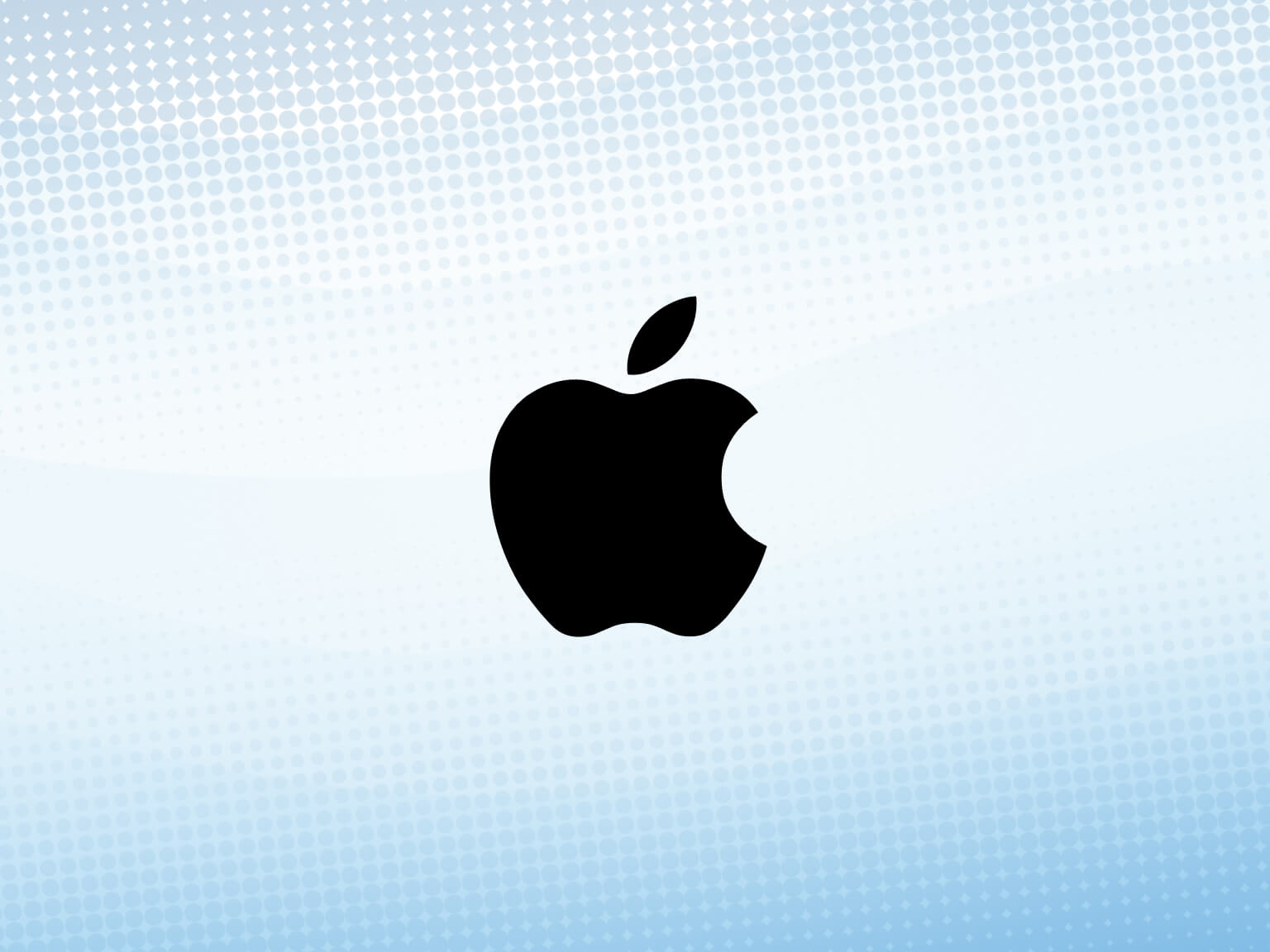
Safety Rating Explanation: While Apple’s parental controls are not exhaustive, they provide a useful basic infrastructure for reducing some of the most pressing threats to children’s safety online.
What Is the iOS Ecosystem?
The Apple ecosystem includes a wide array of devices, such as iPhones, iPads, and its personal computer product, the Mac. The software on iPhones and iPads is called iOS, which gives the device its basic functions. All applications (apps), both free and paid, are downloaded through a single marketplace called the App Store. iCloud stores account data and other information, like photos and files, online on servers that allow you to access the data across different devices. Other features, like the Safari browser, iMessage texting, and Apple Music, are all pre-installed on every Apple device.
Setting Up the Device and Apple ID
Upon acquiring an Apple device, such as an iPhone or iPad, the initial setup requires the creation of an Apple ID. The user chooses an appropriate username, email address, and a password to safeguard the account.
What Is the App Store?
The App Store is the all-encompassing marketplace for applications. While some apps are for gaming and streaming, others serve practical and business purposes. Apps have an age rating based on their content and functionality, but this system may not fully reflect what parents deem appropriate for their kids.
What Are Location Services?
iOS devices collect location data through the Location Services feature, and various apps can use this location information for their own purposes. These services can be deactivated and are not required for most third-party applications.
What Is iCloud?
iCloud preserves a user’s personal data, including memories like photos and an archive of user messages. The intended purpose of iCloud is to ensure that critical information remains accessible, even if the device is no longer accessible.
Regulating Screentime
iOS devices have built-in screentime controls that allow parents to set limits on their child’s Apple device to encourage healthier usage patterns. Excessive screentime is known to be detrimental to kids’ social and emotional well-being.
Exercising Caution with In-App Purchases
Third-party apps often present enticing offers for in-app purchases, even if the app was free to download. Such offers are usually found in mobile games, spanning a spectrum from modest charges to substantial sums reaching hundreds of dollars. Parents should maintain vigilant oversight over the kinds of games their children are accessing and take measures to guarantee that the child does not have access to the password required for transaction authorization.
How to Control the Settings in Your Children’s Apple Devices
- Go to the Settings app and scroll down to select “Screen Time.” Choose “This is My [Device]” or
“This is My Child’s [Device].” By setting a Screen Time passcode that is different from the password on your child’s device, you can manage the amount of time that your child is able to spend on the device, limit in-app purchases, restrict certain apps, and prevent your child from seeing explicit content. - To prevent iTunes and App Store purchases, tap “Screen Time,” then “Content & Privacy Restrictions,” and finally “iTunes and App Store Purchases.” Set to “Don’t Allow.”
- To allow or remove individual apps, tap “Screen Time,” then “Content & Privacy Restrictions,” and finally “Allowed Apps.” Each app can be toggled on or off, removing it from the device’s home screen.
- To adjust explicit content restrictions, tap “Screen Time,” then “Content & Privacy Restrictions,” and lastly “Content Restrictions.” Under this menu, there is a wide range of options for filtering music, movies, TV shows, and apps that can be adjusted to parents’ standards.
- Children accessing sensitive content on the Internet is a major concern of any parent. To adjust these settings, tap “Screen Time,” then “Content & Privacy Restrictions,” “Content Restrictions,” and “Web Content.” Under this menu, there are options for unrestricted access, limiting adult websites, and allowed websites.
- To learn how to adjust the full range of iPhone privacy settings, you can access the complete guide here.


